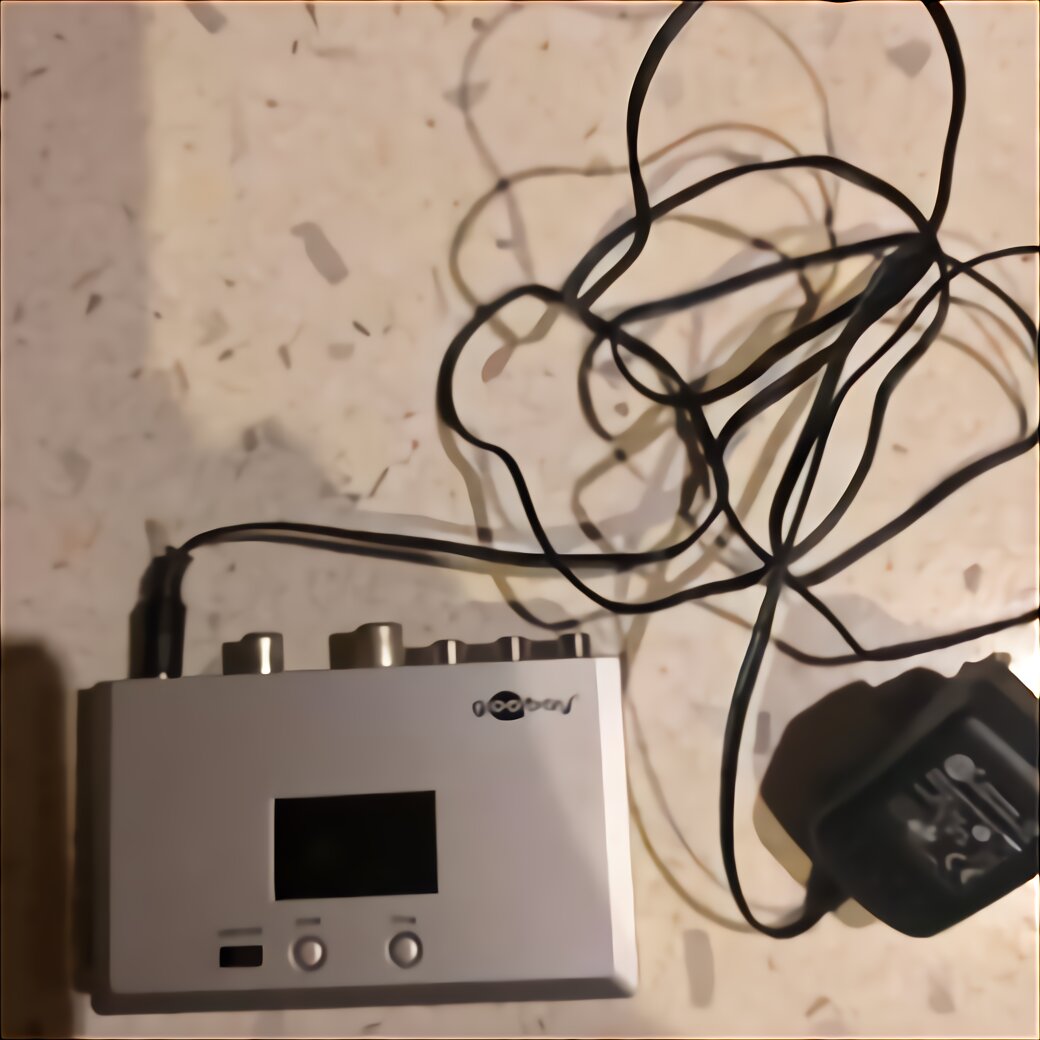
Taking a close look at Figure 1B, you can see that a single cable can support both DM and CM signals at the same time. CM signals flow equally on all conductors of a multi-conductor cable or on the common (shield) conductor of a coaxial or shielded cable.

None of the conductors need to be grounded for RF to pick up and/or radiate RF common-mode signals.ĭM signals are what we often think of as “balanced” in that the signal consists of identical currents flowing in opposite directions along two closely-matched paths - neither of which is connected to a ground or grounded enclosure. Common-mode (CM) and differential-mode (DM) signals can flow on parallel conductor and coaxial cables at the same time without mixing. Remedies for DM signals probably won’t work for CM and vice versa.įIGURE 1. Figure 1 shows DM and CM signals for typical unshielded paired wires at A, and a coaxial cable at B. Differential and Common-Mode Signalsīefore digging too deep into cause and effect, we have to understand the two types of signals we’ll be dealing with: differential-mode (DM) and common-mode (CM). The techniques for implementing those two seemingly simple tactics are themselves deceptively simple sounding: Avoid and block. What is the path by which the RF is radiating from the source and getting to the victim?Įven across the many octaves, the basic techniques to achieve the goal are the same: Keep RF out and keep RF in.What system or device is being interfered with and how - the victim?.What system or device is creating the interfering signals and how - the source?.The goal - paraphrasing Poor Richard’s Almanac - is to “neither a source or victim be.” To deal with RFI effectively, you must be able to identify all three: The relationship should be pretty obvious. RFI is discussed as having sources and victims with a path between them. To keep this column from occupying the entire magazine, we’ll stay in the range of 500 kHz through the upper end of UHF (ultra-high frequency) around 3 GHz - still a 2,000-fold range. The definition of RF itself (radio frequency) spans electromagnetic signals over a range of just above audio (about 20 kHz) through infrared light at several hundred THz. As day-to-day users of the spectrum, ham radio folks are intimately familiar with the symptoms and cures for RFI.
Audio overload on receive coax how to#
As readers of Nuts & Volts, however, you should become aware of the problem, understand its causes, and know how to solve it. On a personal basis, most people don’t know (or care) about RFI until their garage door opener won’t work or an audio system starts speaking in tongues. The same is true for stations broadcasting programming, or public safety agency communications. That’s money out of your pocket, one way or the other. The service provider then has to either build more towers or you have to transmit at a higher power, or both. That means the coverage area for the base station has decreased by half! If I mix in a little more noise - let’s say, I raise the noise level by a measly 3 dB at the receiver input - the distance at which the phone’s digital protocol breaks down will decrease by about 30%. Inside that phone is a radio receiver looking for analog radio signals from the local base station. Why would, say, a mobile telephony company care about analog noise since the phones communicate digitally? Because, at some level, just about everything is analog. This raises the noise floor (the noise present at any frequency), meaning weak signals are increasingly obscured and stronger signals degraded by bits and pieces. The most widespread effect is higher random noise levels all across the spectrum, just as atmospheric smog affects an entire region. Electromagnetic “smog” is pervasive in urban and suburban areas across the entire frequency range, from long-wave signals through microwaves. It’s a growing problem beginning to have an impact on the broadcasting and wireless data/telephony industries. Specifically, RFI involves interference caused by signals propagated wirelessly as radio waves, but even this sub-type of a sub-type of a subject still has a surprisingly subtle and broad reach. The phenomenon known as RF interference - RFI to its many friends and acquaintances - is a sub-type of electromagnetic interference, or EMI, which is itself a topic that is part of the general subject of electromagnetic compatibility, or EMC. RF interference - is it interference to you? Is it interference by you? Possibly both! What does this interference consist of? And how can you tell what type is present? A topic that starts off with so many questions is bound to cover a lot of ground, so let’s get started. It's everywhere! It's everywhere! Fortunately, you can take a bite out of RFI.


 0 kommentar(er)
0 kommentar(er)
